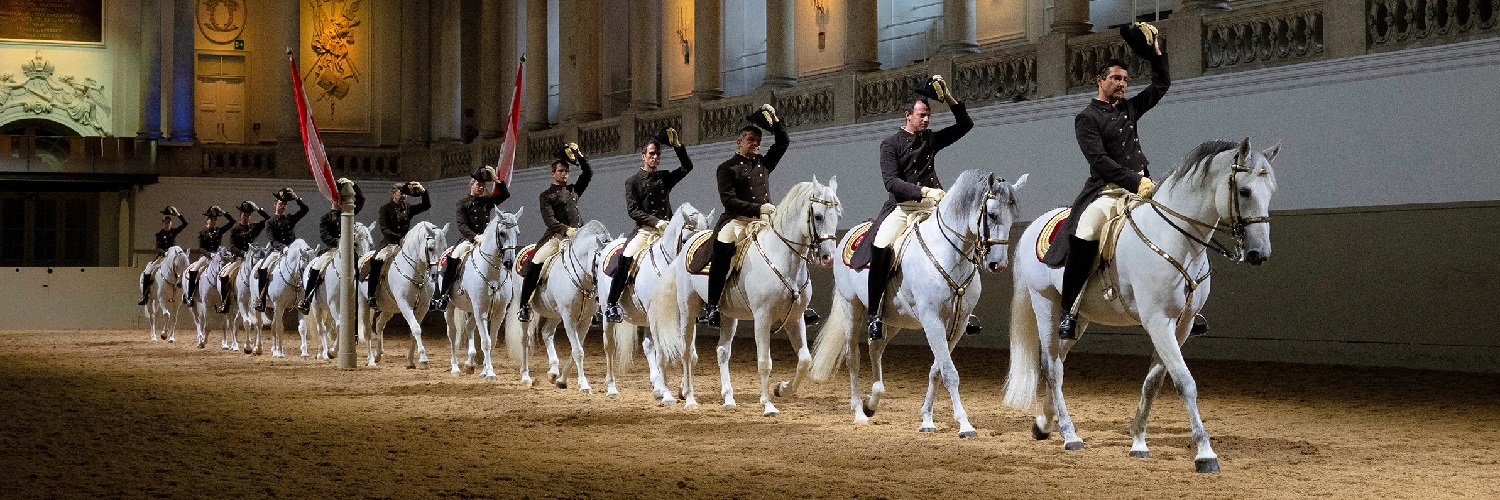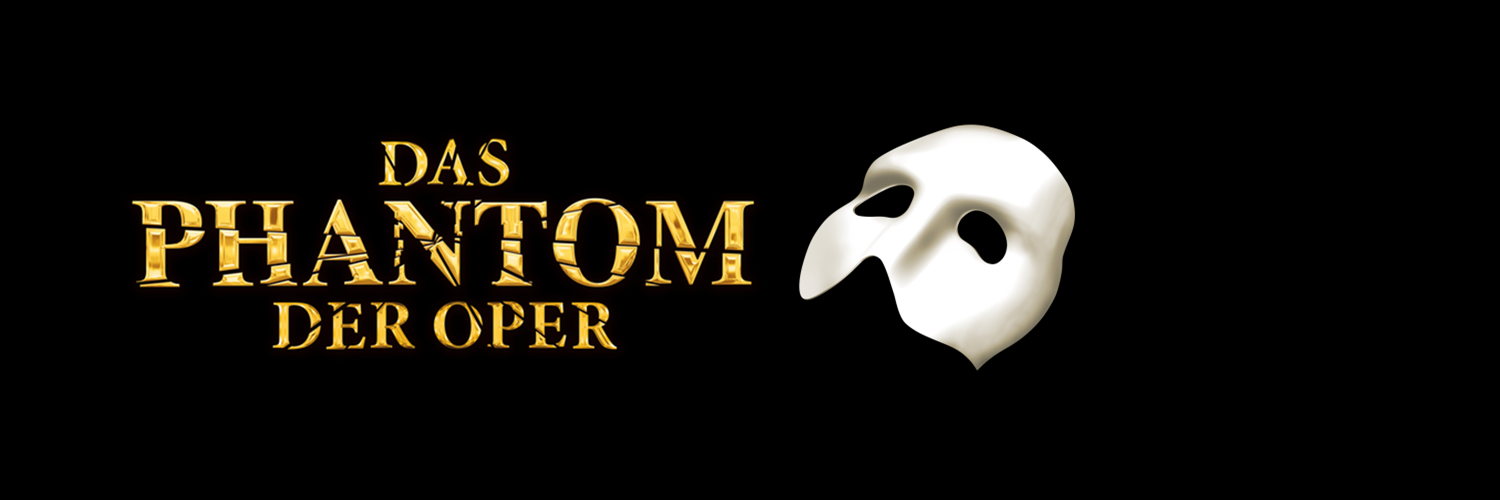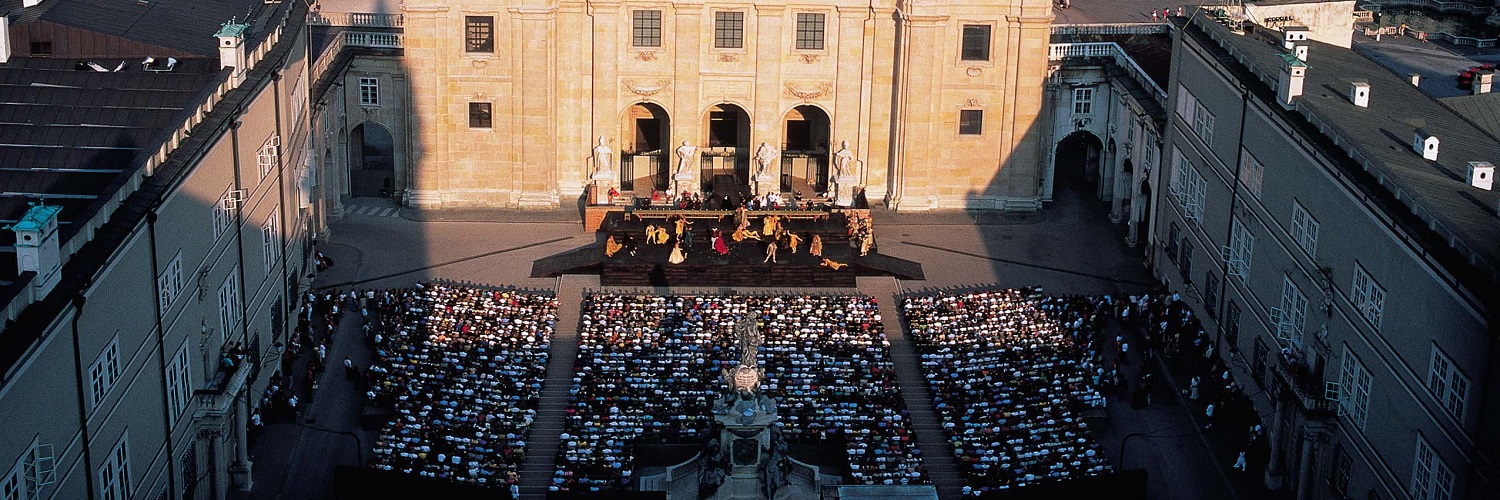Ballet: Classical Bravura - Schedule, Program & Tickets
Ballet: Classical Bravura
Four one-act ballets in three parts
M. Petipa – Solymosi T. – Mirzoyan A. – Prokofieva I. / L. Minkus – É. Deldevez
Paquita Suite
Few works in the history of classical ballet have as many versions as the Paquita suite, also known as Paquita grand pas (classique). The new piece was created by Marius Petipa based on the French ballet Paquita, choosing the main musical numbers together with the composer Ludwig Minkus. Since its original premiere in Russia in 1882, the piece has used as many variations and solos, including additions from outside sources, as the choreographer of each production could envisage. In fact, a unique feature of the piece is that the performing dancers often determine the number of pieces to be danced, or even perform choreographies specially prepared for them.
Jiří Kylián / Wolfgang Amadeus Mozart
PETITE MORT
Jiří Kylián has always admired Mozart; Throughout his career he has created a number of choreographies to the composer's music, including one from 1991 that pays homage to the genius on the 200th anniversary of his death.
This uniquely atmospheric ballet features six women, six men and six swords. In addition to the weapons, other props include black, baroque clothing and bizarre crinolines. The symbolic image in the dance piece represents a world where aggression, sexuality, silence, music, vulnerability, interdependence and eternal human beauty coexist in their own sense of poetry. This ballet from the choreographer's maturity is characterized by daring visuals, excellent dance performances, elegance and style and has been part of the repertoire of the Hungarian National Ballet since May 2013.
Jiří Kylián / Wolfgang Amadeus Mozart
SIX DANCES
“I have decided that I cannot simply create a dance series that reflects the composer's sense of humor and musical genius. Instead, I choreographed six visibly confusing scenes...” (Jiří Kylián)
In Kylián's ballet, Mozartian playfulness and absurd reality are translated into the language of movement. It wasn't a story he wanted to create, but a dance piece born out of the absurd situations of heroes with powdered wigs who sometimes behave irrationally and awkwardly: the dictionary definition of the word 'burlesque'. From the first moment, the eight dancers step onto the stage as if they stepped out of a wax museum from Mozart's time, and then the innovative freshness and the dizzying dynamic of the choreography makes them increasingly modern: timeless heroes from Kylián's absurd creative world.
Subject to change.
M. Petipa – Solymosi T. – Mirzoyan A. – Prokofieva I. / L. Minkus – É. Deldevez
Paquita Suite
Few works in the history of classical ballet have as many versions as the Paquita suite, also known as Paquita grand pas (classique). The new piece was created by Marius Petipa based on the French ballet Paquita, choosing the main musical numbers together with the composer Ludwig Minkus. Since its original premiere in Russia in 1882, the piece has used as many variations and solos, including additions from outside sources, as the choreographer of each production could envisage. In fact, a unique feature of the piece is that the performing dancers often determine the number of pieces to be danced, or even perform choreographies specially prepared for them.
Jiří Kylián / Wolfgang Amadeus Mozart
PETITE MORT
Jiří Kylián has always admired Mozart; Throughout his career he has created a number of choreographies to the composer's music, including one from 1991 that pays homage to the genius on the 200th anniversary of his death.
This uniquely atmospheric ballet features six women, six men and six swords. In addition to the weapons, other props include black, baroque clothing and bizarre crinolines. The symbolic image in the dance piece represents a world where aggression, sexuality, silence, music, vulnerability, interdependence and eternal human beauty coexist in their own sense of poetry. This ballet from the choreographer's maturity is characterized by daring visuals, excellent dance performances, elegance and style and has been part of the repertoire of the Hungarian National Ballet since May 2013.
Jiří Kylián / Wolfgang Amadeus Mozart
SIX DANCES
“I have decided that I cannot simply create a dance series that reflects the composer's sense of humor and musical genius. Instead, I choreographed six visibly confusing scenes...” (Jiří Kylián)
In Kylián's ballet, Mozartian playfulness and absurd reality are translated into the language of movement. It wasn't a story he wanted to create, but a dance piece born out of the absurd situations of heroes with powdered wigs who sometimes behave irrationally and awkwardly: the dictionary definition of the word 'burlesque'. From the first moment, the eight dancers step onto the stage as if they stepped out of a wax museum from Mozart's time, and then the innovative freshness and the dizzying dynamic of the choreography makes them increasingly modern: timeless heroes from Kylián's absurd creative world.
Subject to change.
There are no products matching the selection.






